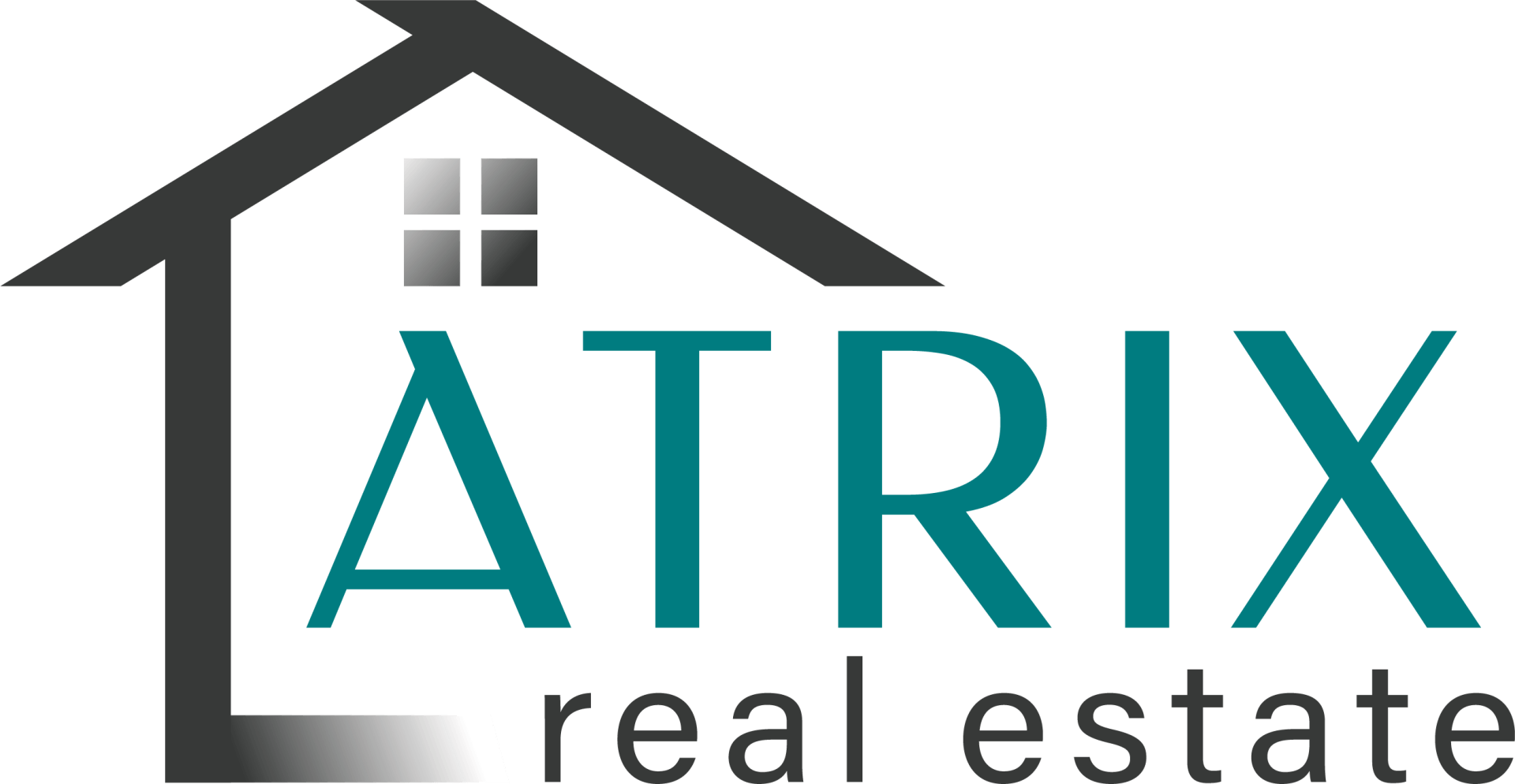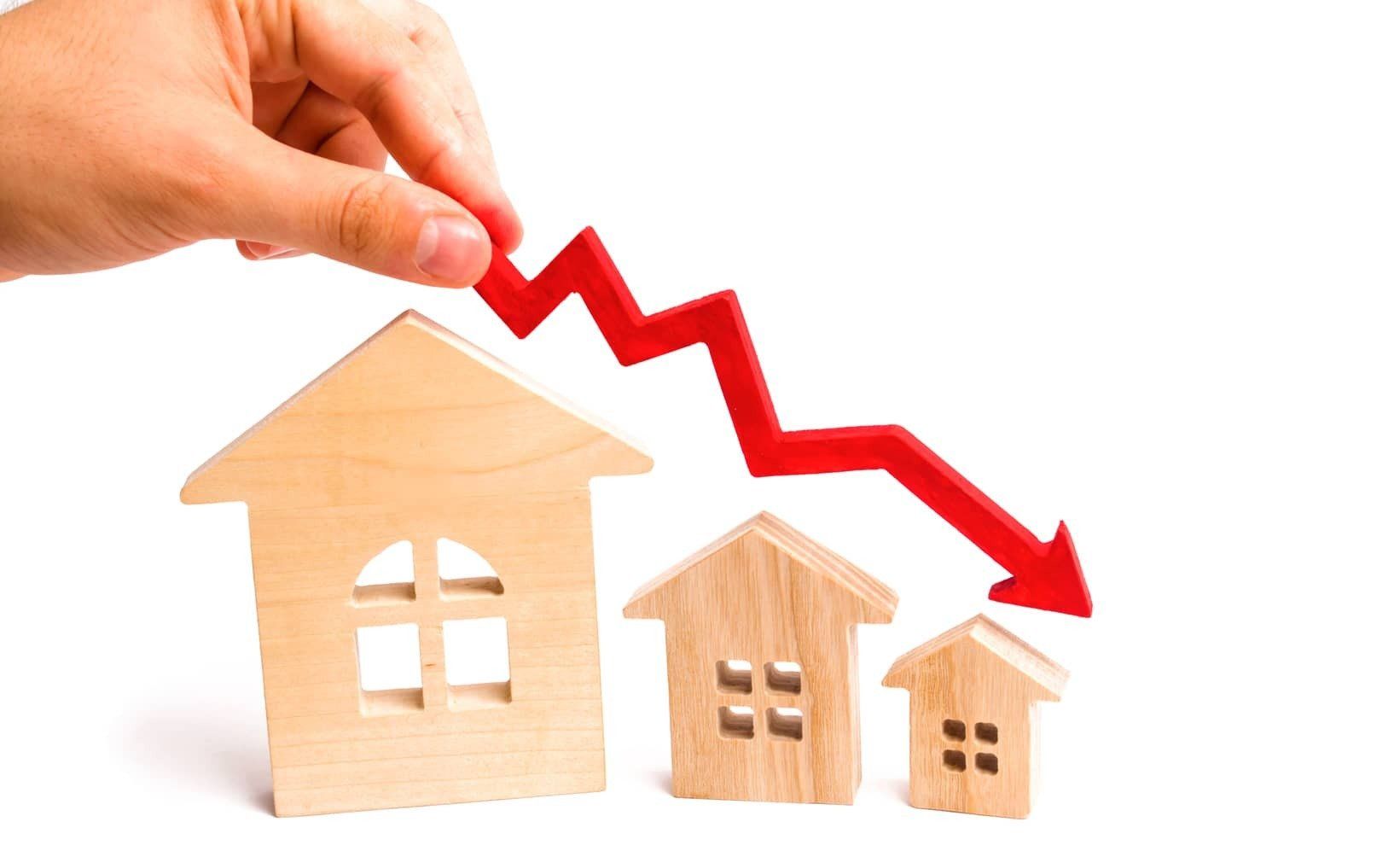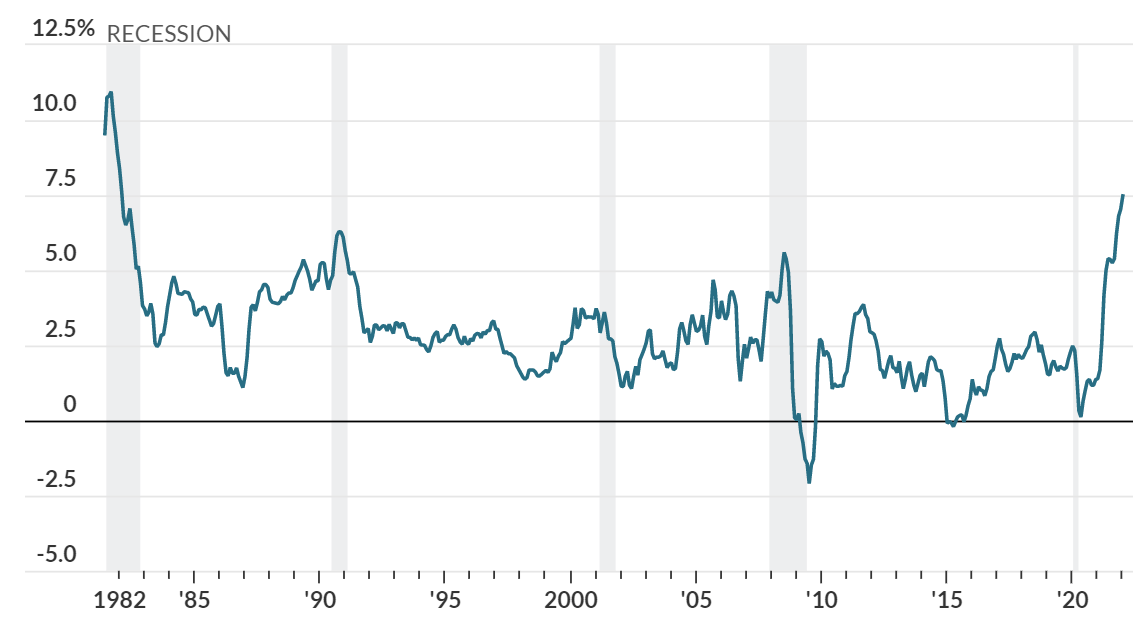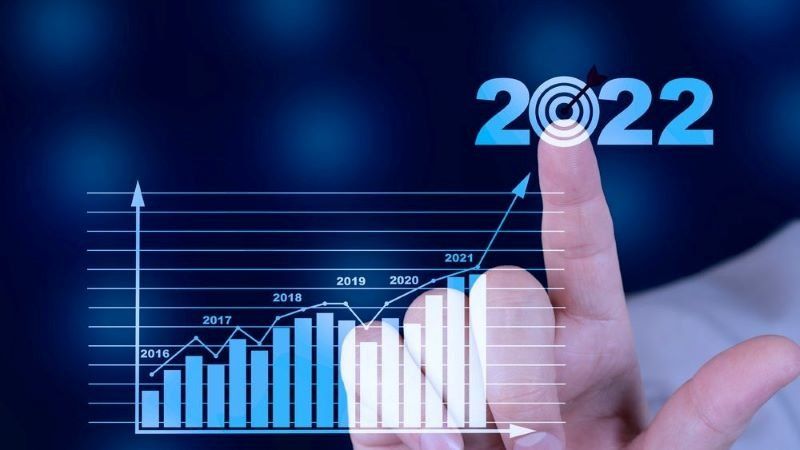U.S. Inflation Is Starting To Cool
Key Price Gauge Signals Inflation Is Cooling
Although the personal consumption price index increase for May was triple the 0.2% gain in April, largely due to the higher cost of gas and food, there were renewed signs that price pressures were starting to ease.
A narrower measure of inflation that omits volatile food and energy costs, known as the core PCE, rose by a relatively modest 0.3% for the fourth month in a row. That was below Wall Street’s 0.4% forecast.
While the rate of inflation over the past year was unchanged at 6.3% in April, the core rate of inflation slowed to 4.7% in the 12 months ended in May from 4.9% in April and a 40-year high of 5.2% in March.
Unlike its better-known cousin, the consumer-price index, the PCE gauge considers how consumers change their behavior in response to higher prices. The Federal Reserve views the PCE index as the best barometer of inflation trends.
The Fed still has a lot of work to get inflation back to its pre-pandemic level of around 2%. While encouraging, May's PCE reading is not the "clear and compelling evidence" the Fed needs to see to begin easing their rate hikes.
Source: MarketWatch, Trading Economics
New Paragraph
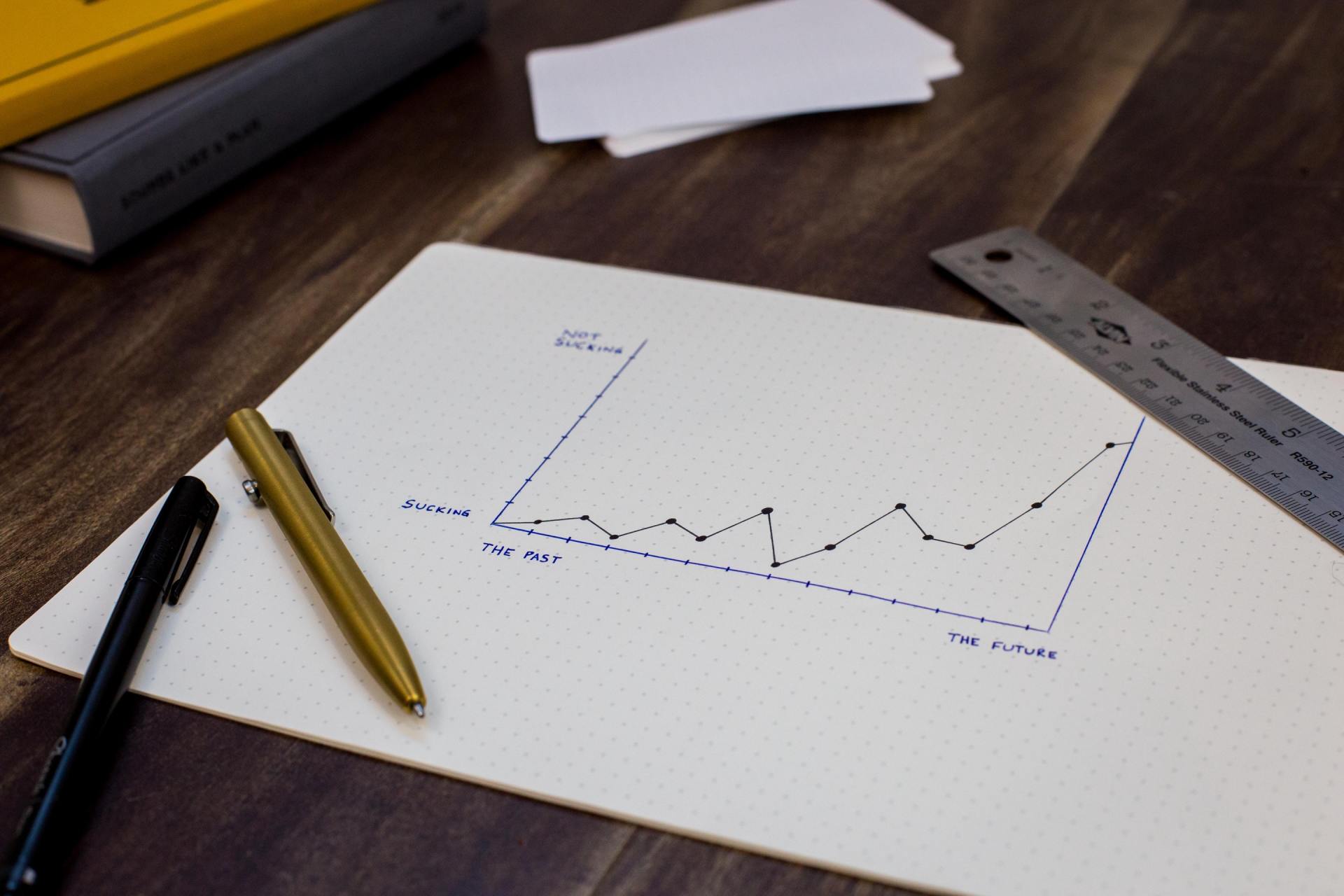
ABOUT ATRIX REAL ESTATE
OUR LOCATION
©2021 Atrix Real Estate. All rights reserved. Corporate DRE #02010384. Privacy Policy
